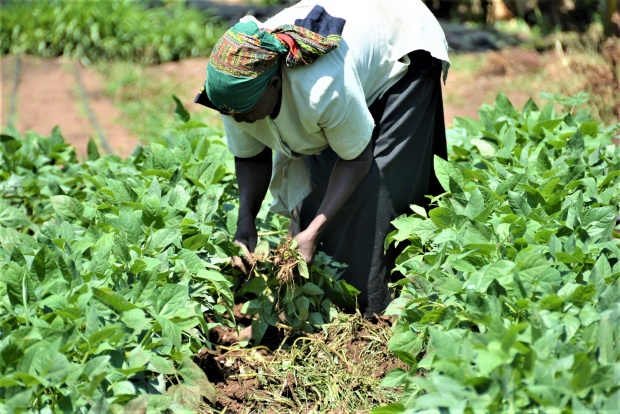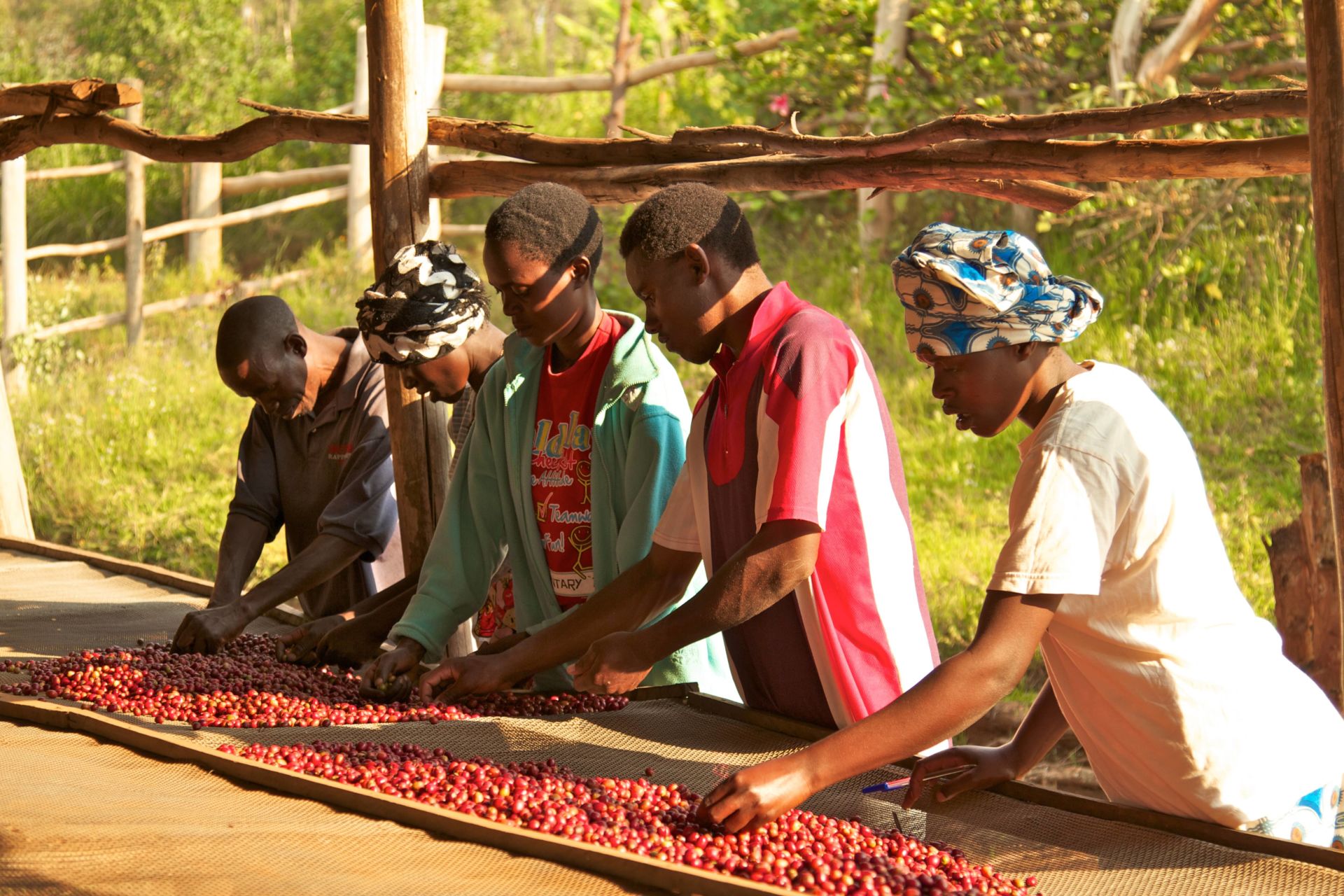Insights and lessons learned on disseminating Kenya’s climate-smart agriculture strategies, frameworks and investment plans.
Kenya has made significant progress in the development of agricultural policies, yet implementation remains elusive, aggravating food insecurity challenges. To address this gap, recent field visits were conducted across the counties of Nyeri, Kajiado and Taita Taveta to disseminate Kenya’s Climate-Smart Agriculture (CSA) Strategy and Implementation Framework. This groundwork strived to support efforts to operationalize CSA into county-level action planning. Key insights have been drawn in the following lessons for communities and officials who seeks to operationalize CSA at multiple levels.
Related topics: Is climate-smart and digital agriculture the silver bullet to attract youth? – Investments in climate-smart livestock systems – An example of agricultural and social transformation
Lesson 1: Strike while the iron is hot
The period between policy launch and dissemination is very crucial. Often times, policies have been made and disseminated too late or just when policy review is due. It is only through dissemination that the disconnect between policymakers and implementers can be bridged. The implementation lag is worsened by national commitments such as the Nationally Determined Contribution (NDCs) that seek to report progress within a specified period of time. We advise quicker and efficient dissemination programs that can reach as many sub-national implementers as possible to give them ample time to review and shape the policy, as well as operationalize it to their relevant contexts.
Lesson 2: Two flints can make a fire
When not limited to multilateral parties, effective partnerships are a major plus for transformative agriculture. More than just creating synergies, collaborative partnerships help organizations to combine their expertise in delivering innovative and scalable climate change and agriculture solutions. For example, the Climate Change Unit of the Ministry of Agriculture, Livestock and Fisheries (MoALF), the United Nations Food and Agriculture Organization (FAO), the International Center for Tropical Agriculture (CIAT) and World Agroforestry (ICRAF) came together to disseminate the climate-smart policies and support sub-national governments in identifying their CSA investments. A partnership that yielded more wins than if we had worked in isolation.
Lesson 3: Finances
Climate finance is a key driver for promoting CSA. For example, when carrying out our mission we had to separate the different levels of actors in the counties. In a week-long exercise per county we sensitized the Members of County Assembly (MCAs), the members of County Executive Committee Members (CECMs) and the implementers – technical officials in the County Agriculture Department. These activities, while important, called for financial planning and consideration while formulating policies that require local action. These should not be limited to sensitization and dissemination stages but instead reach as far as implementation on the ground.
Lesson 4: Harmonized approaches
During an exercise of mapping county initiatives with the technical teams, we discovered that many organizations were already working independently with the communities to build resilient agricultural systems. Risks of initiatives duplication and sometimes information conflict are inevitable. Leveraging the independent organizations to form one platform guided by an end goal could increase efficiency in the dissemination process, mobilization of funds and promotion of CSA. Currently, in Kenya, several climate change and agriculture multi-stakeholder platforms could be leveraged at the sub-national level to promote resilient agriculture and reduce isolated interventions, in particular, the national multi-stakeholder platform on CSA.
Lesson 5: Target audience
It is important to select the right stakeholder groups to engage so as to convey information that is relevant, appropriate and leads to action. Understanding their roles, needs and priorities cannot be understated if we are to effectively deliver on intended objectives. Therefore we identified the political leadership (Members of County Assembly, County Executive Committee Members, Technical Officers) as important stakeholders to engage. Having acknowledged their diverse roles, we tailored the activities, language and design which ultimately led to facilitating separate sessions for effective sensitization.
Lesson 6: Peg implementation on scientific evidence
As part of the mission activities, we supported the counties to develop CSA investments through their technical officers based on their sub-sector (crops, livestock and fisheries) expertise. To do this we used the CSA compendium databooks and Evidence for Resilient Agriculture (ERA) developed by ICRAF, with support from the CGIAR Research Program on Climate Change, Agriculture and Food Security (CCAFS) and CIAT, to pinpoint agricultural practices for specific contexts and geographies. This provided the technical officers with multiple technologies, innovations and interventions to understand, identify and select practices that would contribute to CSA.
Through these county missions, it became apparent that CSA is still a confusing and complex concept that requires multifaceted approaches to effectively deliver on its triple wins. More than that, there are many underlying factors (finance, data, attitudes, inclusivity) that influence its success. Therefore, as we strive to ensure food and livelihood resilience, we must continually recognize these gaps and develop lasting solutions. We must also acknowledge our individual organizational strengths and combine powers to promote resilient agriculture.
About the author: Hannah Kamau is Research Assistant at the World Agroforestry Centre (ICRAF). Ivy Kinyua is Research Assistant at the International Center for Tropical Agriculture (CIAT). Victor Mugo is Country Coordinator at the Climate Smart Agriculture Youth Network (CSAYN).
EDITOR’S NOTE: The opinions expressed here by Impakter.com columnists are their own, not those of Impakter.com. Photo Credit: T. Muchaba (CCAFS)











